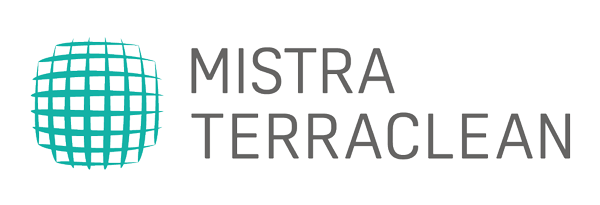In Mistra TerraClean a lot of smart and innovative materials for cleaning air and water are being developed. If you ask a member of the research community what a smart material is, you will get different answers depending on whom you are asking. The core of the answer is often the same, but some aspects may be left out or missed. Such an aspect is the human health and environmental impact of the developed material. To ensure that the researchers in Mistra TerraClean consider these aspects in their work, the work package för environmental and human health assessment is an important cornerstone.
As a first step, the work with environmental and human health assessment has been focusing on something called a risk mitigation plan. In short, it can be described as a guiding document describing identified risks for human health and the environment, how these are potentially mitigated and what environmental and health assessment methods that are suitable for the specific case. Each case study package within the program will, by the beginning of October, receive a risk mitigation plan.
As the content of the risk mitigation plans strongly relates to the amount of work started or finished in each case study, some of them are more extensive and useful than others. One successful example is the risk mitigation plan developed for the case study focusing on removing active pharmaceutical ingredients and intermediates from production wastewater streams. This is an important research area, where our partner companies already have put a lot of effort to minimize risks and follow regulations. Within the scope of Mistra TerraClean there is an aim to see if we can become better and go even further.
By testing new techniques to capture and prevent the release of active pharmaceutical ingredients, and their eventual breakdown products, we aim to improve the work and minimize risk and environmental impact. Some of the questions that were raised during the work were: Can degradation products formed during treatment of the water be released into environment and cause negative effects? How large are the concentrations of such degradation products? How is the material produced? How do we make sure that the production of the material doesn’t release even more toxic chemicals than the pharmaceutical being treated?
– To answer these questions, and to catch all the risks and to avoid problem shifting, it is clear that a life cycle perspective is needed. Because of that, we have initiated a screening life cycle assessment in close collaboration with the case study. The study will accelerate during the fall and we’re looking forward to intensifying the work and collaboration within the program, says Maja Halling at IVL, project leader of Work package for environmental and human health assessment .

